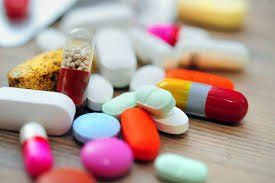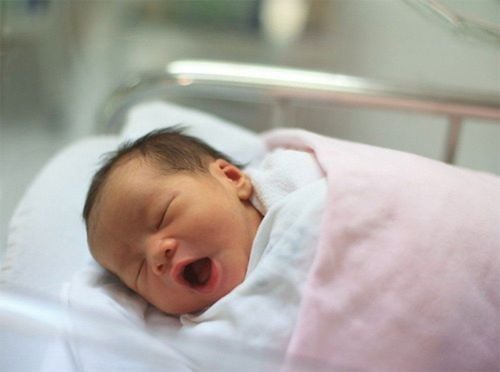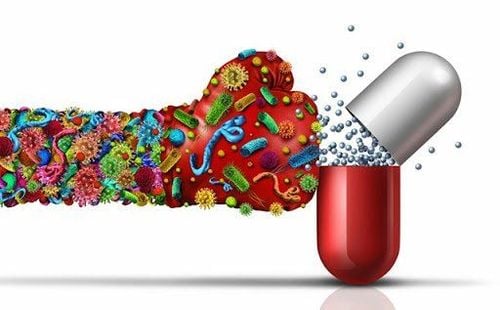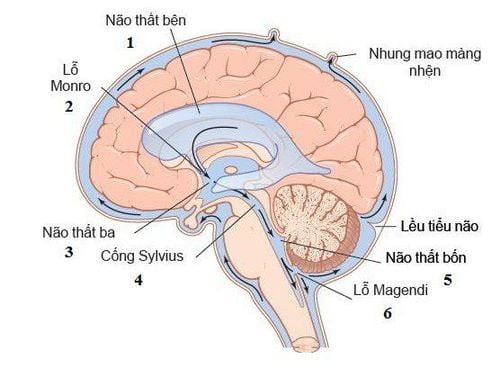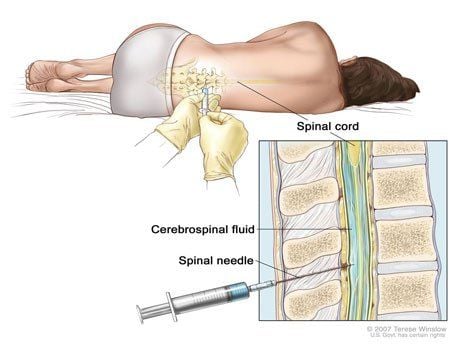This is an automatically translated article.
Meningococcal disease is known to be a dangerous acute infectious disease, especially in children under 5 years of age. The causative agent of meningococcal disease is the bacterium Neisseria meningitidis. The disease can be dangerous if not detected and treated early.
1. Characteristics of bacteria neisseria meningitidis causing meningococcal disease
Neisseria meningitidis or meningococcal bacteria is the main cause of meningococcal disease - a very dangerous disease if not detected and treated early. The disease can cause many serious complications, affecting the nervous, digestive, respiratory systems and even death.
Neisseria meningitidis bacteria have the following characteristics:
When viewed under the microscope, neisseria meningitidis bacteria are spherical in shape of coffee beans and often stand in pairs to form small pink clusters. Neisseria meningitidis bacteria has poor resistance and is easily killed at a temperature of 50 degrees Celsius for 5 minutes or 100 degrees Celsius for 30 seconds. Neisseria meningitidis bacteria are commonly found in the throat and nose area of children under 5 years of age. Carriers of the bacterium neisseria meningitidis are usually asymptomatic. In some cases, neisseria meningitidis bacteria can disappear on their own after a short time, but in others when neisseria meningitidis enters the bloodstream, it can cause gastrointestinal, respiratory, and nervous system transmission and disease. cause meningitis. Furthermore, meningococcal disease can be spread in the community through inhalation, direct contact with saliva or secretions containing the bacteria neisseria meningitidis. And children under 5 years old are considered to be the most at risk.
2. Manifestations of meningitis caused by bacteria neisseria meningitidis
Meningococcal disease is only spread from person to person when there is an incubation period of about 4 days. Coughing, sneezing, kissing, or direct or indirect contact are the main risks leading to the transmission of neisseria meningitidis bacteria from an infected person to a healthy person.
Patients with meningococcal disease often have symptoms such as:
Sudden fever and high temperature from 38 to 39 degrees The patient feels severe headache, burning throat, runny nose ... In addition, patients also have a feeling of stiff neck, nape, nausea and vomiting, muscle pain, joint pain, mental confusion, panic, convulsions, brain dysfunction... When the patient begins to contract the virus Neisseria meningitidis bacteria often present with a characteristic purpura. Hemorrhages are first seen in the legs and then spread throughout the body. The size of the rash may be large or small and may cause peeling or necrosis of the skin. For infants, the symptoms of infection with neisseria meningitidis bacteria are often not obvious, but cause the child to cry a lot, the body is tired, the child reduces all activities, vomits or has signs of convulsions. In this case, the child needs to be taken to a medical facility for early examination and treatment. If not, it can be life-threatening.
3. Diagnosis of bacterial infection neisseria meningitidis causing meningococcal disease
To accurately diagnose meningococcal disease caused by the bacteria neisseria meningitidis, the doctor will order the following diagnostic tests:
Cerebrospinal fluid test: performed by aspiration of cerebrospinal fluid to Macroscopic observation of cerebrospinal fluid showed turbid color, white pus Biochemical test to check for increased protein concentration, decreased glucose concentration. The CSF culture test relies on a nutrient medium to stimulate the growth of meningococcal bacteria. Simultaneously, the identification of meningococcal bacteria and an antibiogram was performed. In addition, it is possible to perform at the request of the doctor some other tests such as: blood culture, culture aspirate from purpura, magnetic resonance imaging (MRI), computed tomography, ...
4. Treatment of bacterial infection neisseria meningitidis causing meningococcal disease
Meningococcal disease has a high mortality rate, so it should be prioritized for emergency hospitalization as soon as possible. However, the patient is not necessarily isolated. In the treatment of infection with the bacteria neisseria meningitidis that causes meningococcal disease, antibiotics and other disorders can be used.
5. Prevention of infection with bacteria neisseria meningitidis causing meningococcal disease
Although meningococcal disease is a serious disease, there are ways to prevent infection with the bacteria neisseria meningitidis that causes this disease. Vaccination against types A, B, C, for children from 6 months old and adults under 45 years old can be effective in preventing disease.
Meningococcal disease is spread through the respiratory tract, so if prevention and control are not carried out according to the warning level, it can easily become a dangerous contagious disease. Therefore, if the patient notices the above-mentioned signs, it is necessary to go to a medical facility for timely examination and treatment.
Vinmec International General Hospital is a prestigious and high-quality vaccination unit. Not only meningococcal vaccine, Vinmec also provides a variety of other vaccines. All are preserved on the cold chain, in accordance with the requirements of the Ministry of Health and the World Health Organization (WHO). Before injection, patients will be screened by experienced and highly qualified doctors and medical professionals and closely monitored for 30 minutes after injection.
Please dial HOTLINE for more information or register for an appointment HERE. Download MyVinmec app to make appointments faster and to manage your bookings easily.





